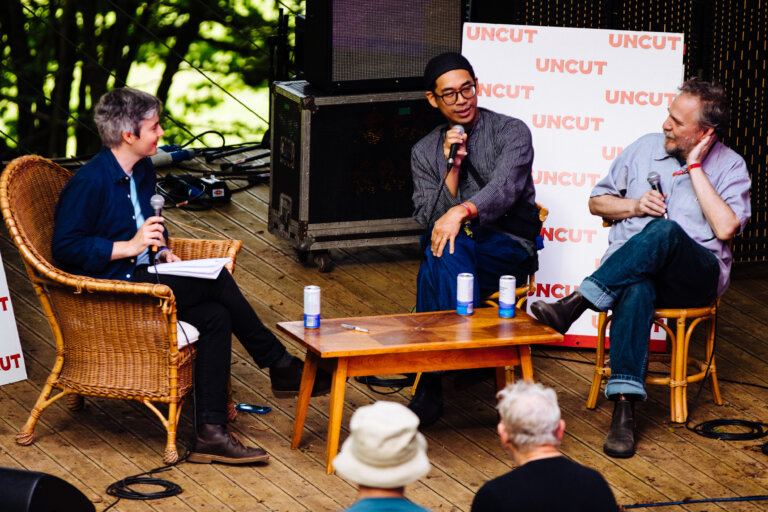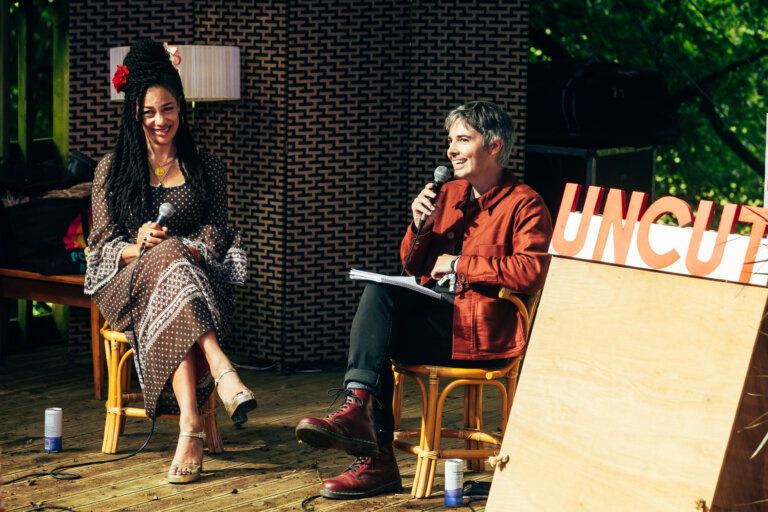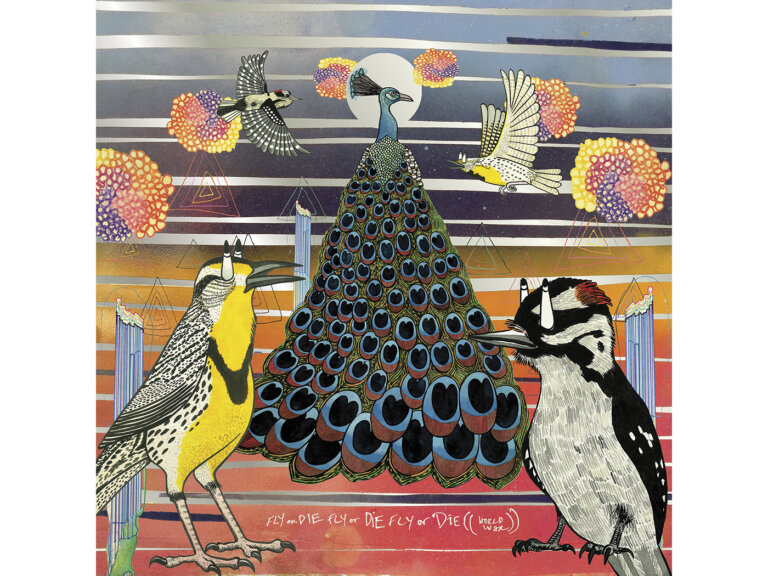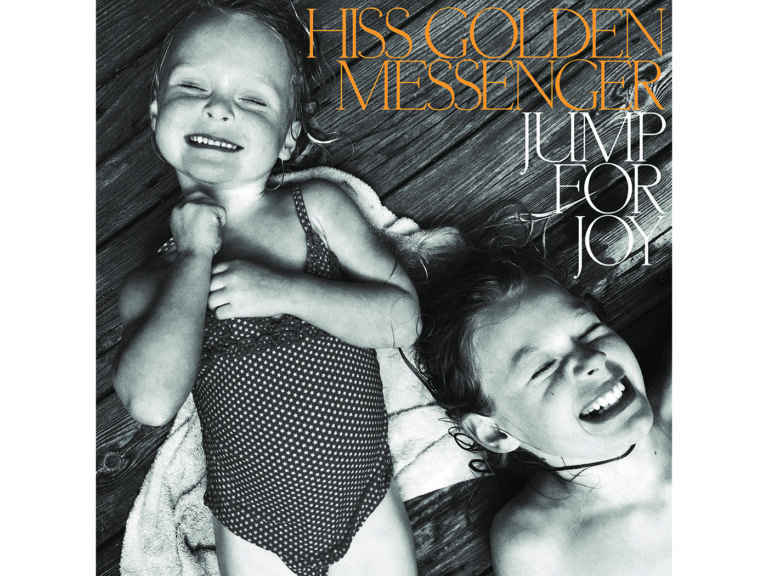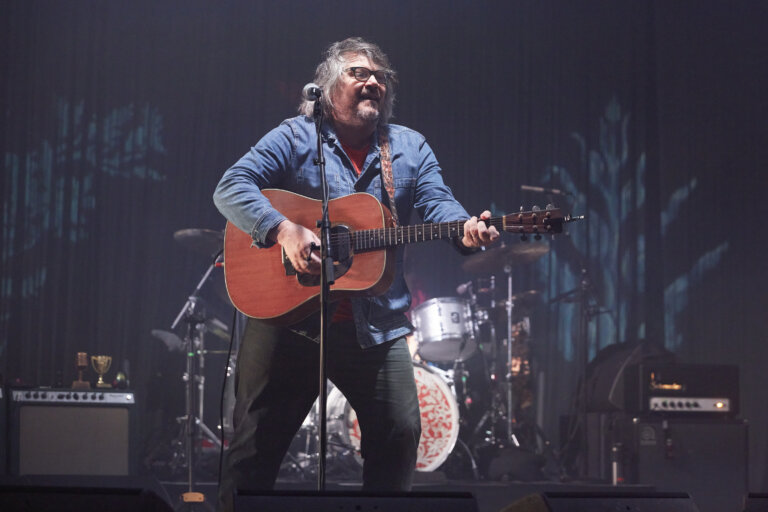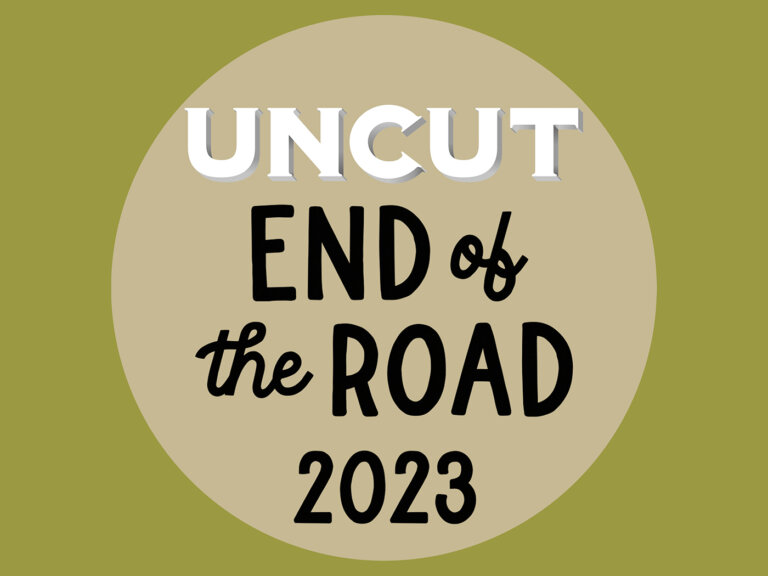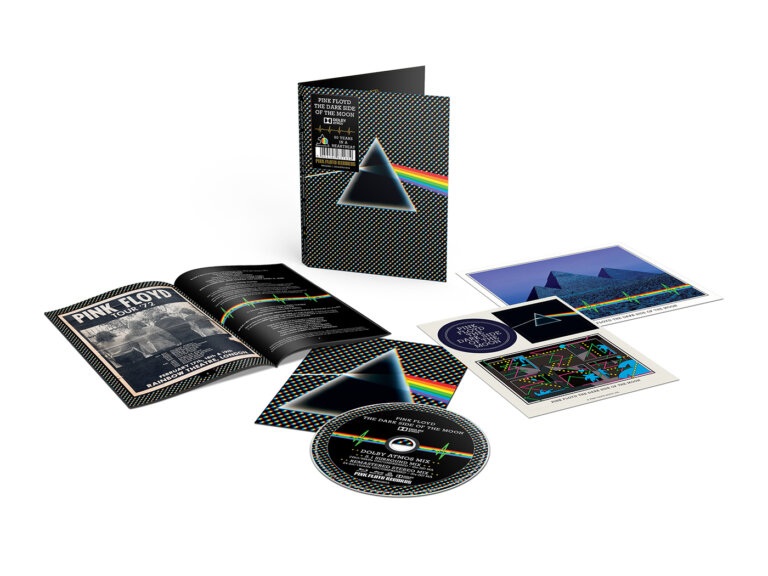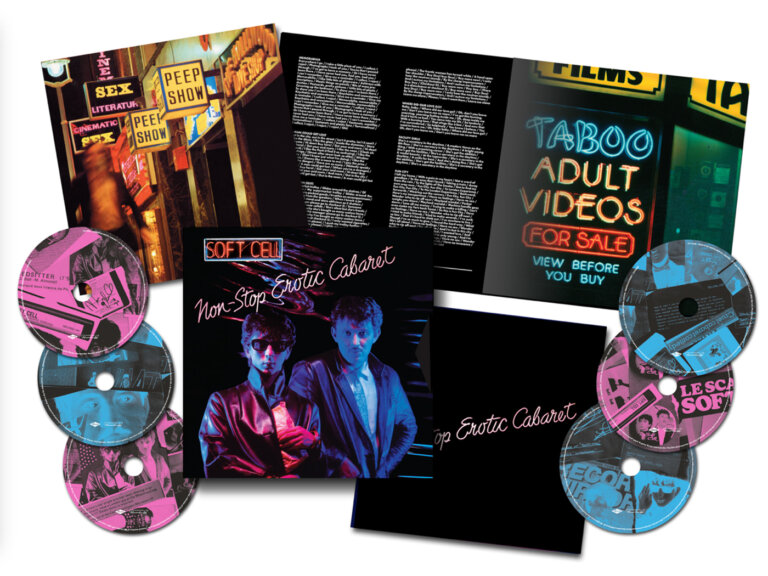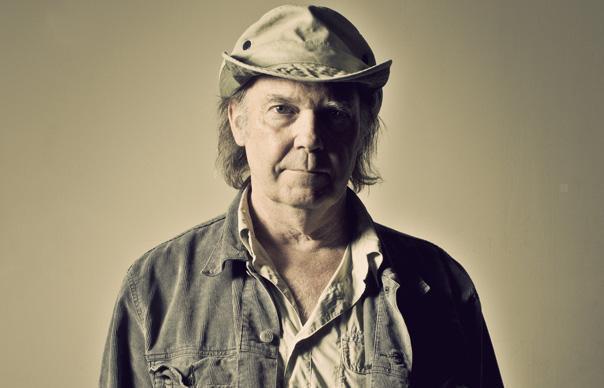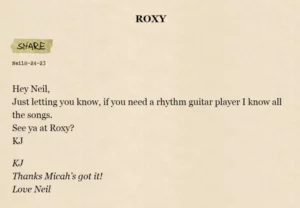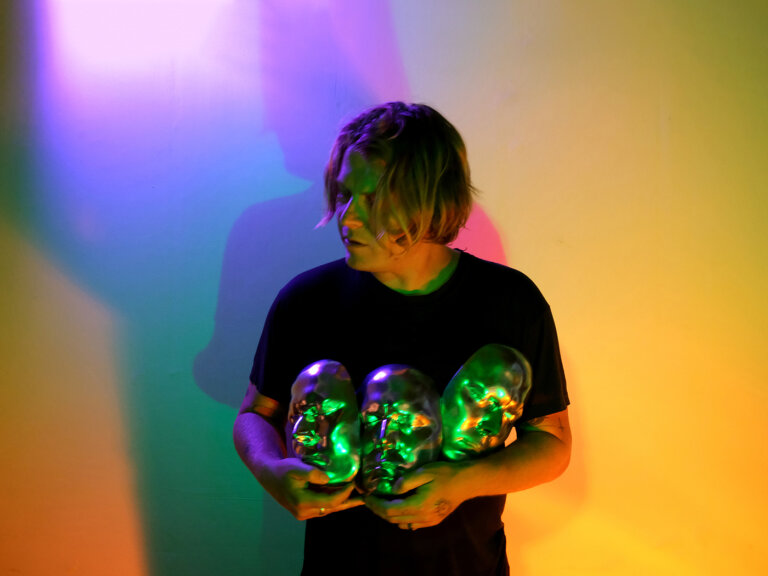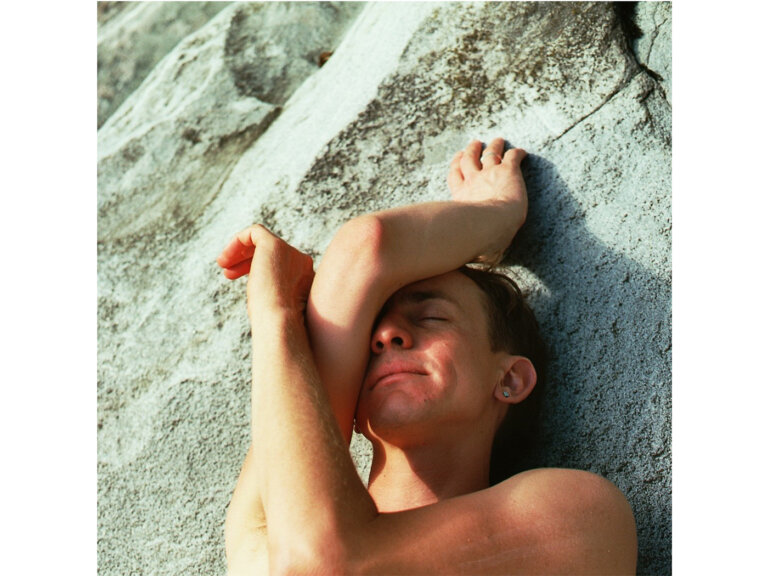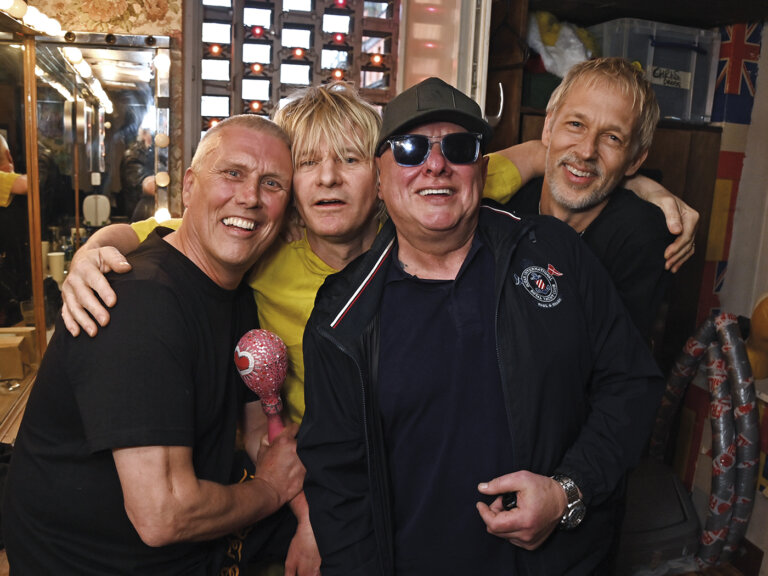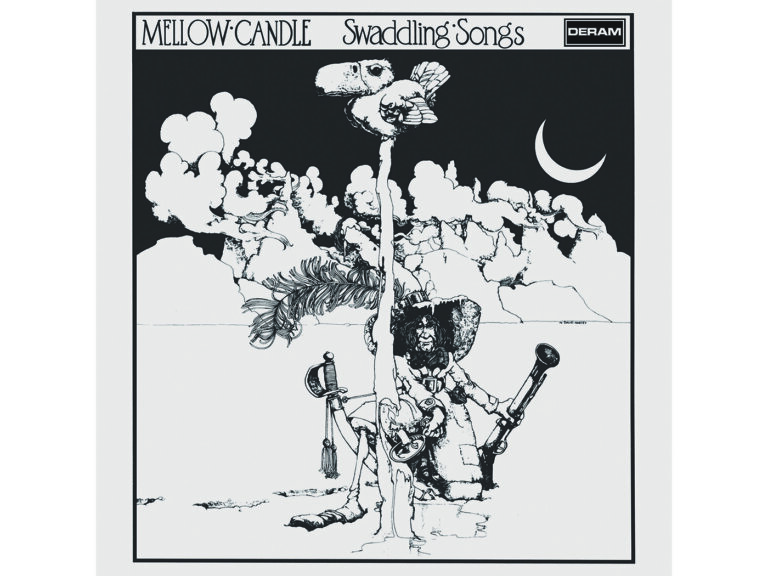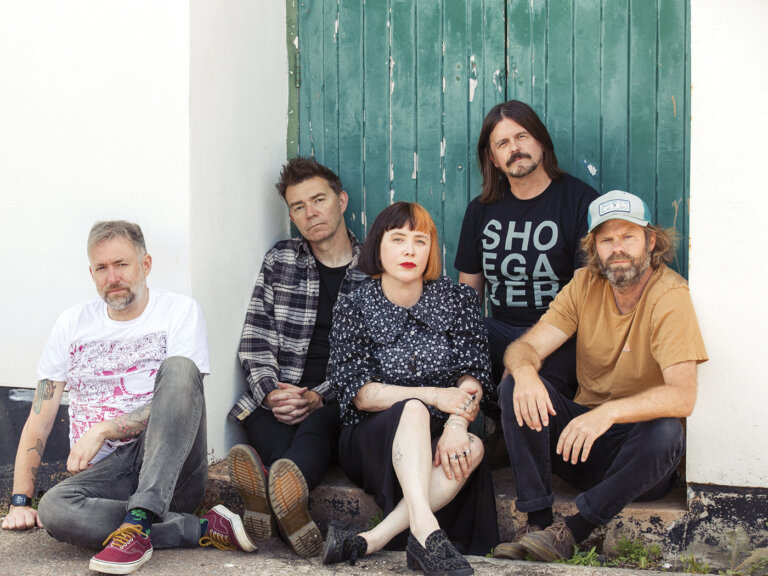Ahead of their main slot at tonight’s End Of The Road Festival, Neil Halstead, Rachel Goswell and Christian Savill take us through the creation of Slowdive‘s Everything Is Alive, the influence of The Cure and unlikely meetings in Stateside car parks.
Click here for all our End Of The Road coverage
_______________________
How did this album come about?
Rachel Goswell: We were due to go in to the studio in April 2020, but Covid happened. We had six weeks booked and Neil had been working on his ideas. They were a load of electronic ideas for a solo record, but we were like, ‘Oh we should do another record.’ So he brought all that stuff to us to sift through, to choose the tracks or the ideas we wanted to work on. That got delayed until October 2020 when we finally were able to get together in the studio.
Christian Savill: We finished touring in 2018 and during Covid it often felt like, are we ever going to do anything as a band ever again? So when this record started, it was a nice feeling to all be together again.
Neil Halstead: I’d been working on a lot of electronic music prior to 2019, on my own, at my studio, with no real outlet for it. When the band started talking about working on a new record, I took a bunch of these fairly minimal tracks and started repurposing them for Slowdive. It seemed like an interesting way to start the process. I had about 40 ideas that I sent through to the band and it’s from this pot that most of the record emerged.
Goswell: It’s a culmination of three years’ work are our involvement, as in everyone apart from Neil, was regrouping in studios and in between that, Neil would take stuff away and be tinkering, and would continue to tinker. But it kind of got to the point where he was just so far down rabbit holes trying to do mixes that, you know, we needed to get a different pair of ears in outside of us, and, that’s where Shawn Everett came in to do some of the mixes.
What did you do with this album that you hadn’t done before?
Halstead: Starting the record in a way we hadn’t worked before was a way of pushing Slowdive to take a different journey – the destination was never really discussed or known. As a band, we all have different ideas about where we might end up and part of the nice thing about the collaborative process is that it opens the process up and keeps it fresh and hopefully you surprise yourself too.
Click here for all our End Of The Road coverage
Who came up with “Kisses”?
Goswell: One day Neil casually said, ‘I’ve got this song here.’ And we were like, whoa, that’s a great tune!
Halstead: I demoed this song really early in the process and it sort of sat there while we worked on lots of other stuff. Eventually we recorded it but couldn’t really decide on a direction – we ended up with a whole bunch of different versions, with big guitars, no guitars, electro, super indie, lo-fi, hi-fi… There’s a great sort of Kraftwerky version actually, but we kept coming back to the demo, which is essentially the ‘pop’ version which was sort of complete but I think scared me at least because it felt too pop. But that ended up being the way we went. We threw a few bits of the other versions in for good measure. For the video – directed by Noel Paul – we talked about it having a Wong Kar-wai (i)Fallen Angels(i) vibe, which is a film I love. He was keen to use Naples as a backdrop and took it from there. I love what Noel did, and the kids he got in the video are so cool. It’s probably my favourite Slowdive video.
Goswell: The video that Noel did is just brilliant. We had a few treatments for the video come in from various people, but he seemed to capture the mood. And he did this little video introducing himself and saying he’d been a Slowdive fan for years and what he wanted to do in the video. I love how it turned out. It is by far my favourite Slowdive video.
Savill: They had to delay the filming of it, because they had it all planned and then Napoli won Serie A so it was just chaos and they couldn’t film it.
“Andalucia Plays” has a touch of The Cure’s “Faith” to it – have you noticed that?
Goswell: Yeah. That’s fair comment. There was definitely the Cure playing in the studio.
And there’s a kind of Disintegration-style heaviness about the album too, wouldn’t you say?
Goswell: Yes.
Savill: Yes, most definitely. Not going to deny that.
Goswell: So many references. I mean, Nick, our bass player, he only really listens to the Cure, doesn’t he?
Savill: They’re his favourite band of all time.
Does working with electronics help you express yourself?
Halstead: Definitely. Pygmalion was when I really started digging into electronic music, and modular synthesis is a fun way to approach composition. I like that it increases the random/magic factor and opens the process to happy accident. Simon [Scott, drummer] has been working in that world for a long time and it’s something we both geek out on. I saw Simon do a modular show in Berlin recently and it reminded me that it’s still really potent live – it’s always edgy and different every time.
Is there a bit of Pygmalion in this album?
Halstead: Perhaps that was where the record began. There’s a little of that in the centre but it goes its own way.
Savill: Pygmalion was a record that was going against what was expected of us at the time. I’m not saying that this record is completely way out there, but I think it is a case of not trying to do a record to meet expectations of what people want on a Slowdive record, but more like: what do we actually want to do?
Goswell: We’ve always stuck to our guns, apart from when [Alan] McGee didn’t like the original (i)Souvlaki(i) demos. But aside from that, everything we’ve released has been very much what we want to do.
What do you remember about Pygmalion?
Goswell: We waited a year for that record to come out, it was finished a year before it was released. We were rehearsing for a tour, weren’t we, and I remember the rehearsals being a little tense.
Savill: Yes, it wasn’t the greatest time because it felt like everything was against us. We were against what was happening, not necessarily musically, but we were out of step with everything. And it felt like something was just coming to an end, really.
Goswell: We were skint. Nobody cared. All that stuff. A hard time.
Savill: When I come back to that record – and I didn’t listen to it for a long time – I was like, oh man, this is really good. So I’m glad that we did that, because I guess there was probably pressure to do something more commercial If we were to have a future as a band. And, you know, it’s just like no, this wasn’t going to happen.
Goswell: The band definitely came to its natural conclusion at that point.
When did you twig that Slowdive might be getting popular?
Savill: I married an American and went to live in Asheville, North Carolina for a bit. I was working as a janitor in a grocery store. I’d be collecting carts in the car park and kids started coming up to me, going, ‘Hey man, is it true you were in Slowdive?’ That was completely freaky. So I’d become aware that, wow, kids have heard of this band that split up 15 years ago. We could feel it growing.
Rachel: I became aware that the Slowdive stuff was ticking along during the MySpace days, around 2006-7. I logged in and saw “shoegaze” as a genre and remember looking at it very confused – what the hell is this?
After the unusual career you’ve had, do you feel vindicated?
Goswell: Not vindicated but it’s a nice surprise. I think others feel vindicated on our behalf, people who’ve supported us since the beginning. The Slowdive story is a bit of an anomaly. Other bands who’ve reformed, like Blur and Stereolab, didn’t get the kicking we got at the time in the UK press.
Savill: We literally came back from the dead.
This second life of Slowdive has now been going longer than the first – have you got used to the big crowds and constant acclaim now?
Halstead: Yes it’s definitely been a moment longer. I think the first act was six years, three albums and five EPs, and it’s almost nine years since we got back together. We’re way less efficient at this point, that’s for sure, but there’s less angst, and probably more fun on this part of the journey. We play festivals now which was something we never did back in the day. It’s great to see the band being embraced by a new generation of kids and I suppose we all feel pretty lucky to still be able to do it.
Neil, you have a deep love of folk music – has this shaped the new album in any way?
Halstead: Yeah, I spent a lot of years trying to figure out how to make folk music, and I think the only tune that comes directly from that world on this album is the song “Andalusia Plays” which was a song I wrote around 2015 and I wrote it as tune for a solo folky record thing. I was messing around with ideas one day and started playing an organ part that seemed to work with the lyrics and the original melody – it took it into a different world and that seemed to take it to where Slowdive could do a version, so I demoed it up and sent it to the band.
Are you often surprised by the contributions to your tracks by the other members of the band?
Halstead: Yeah, I mean, I love being part of Slowdive and hearing Simon mangle the guitars through his Max patch system or Nick finding a killer bassline or Christian finding something beautiful in a guitar part, Rachel doing her thing – it’s always a fun journey. We argue a lot, we disagree about parts and ideas but there is still a moment where we’ll all be in unison and vibing on something. We work together pretty well and I guess that’s a rare thing.
What are the essential qualities of a Slowdive song?
Halstead: If we all love it, then it has the qualities. What they are exactly, I don’t know.
Click here for all our End Of The Road coverage
This interview originally appeared in Uncut’s June 2024 issue


